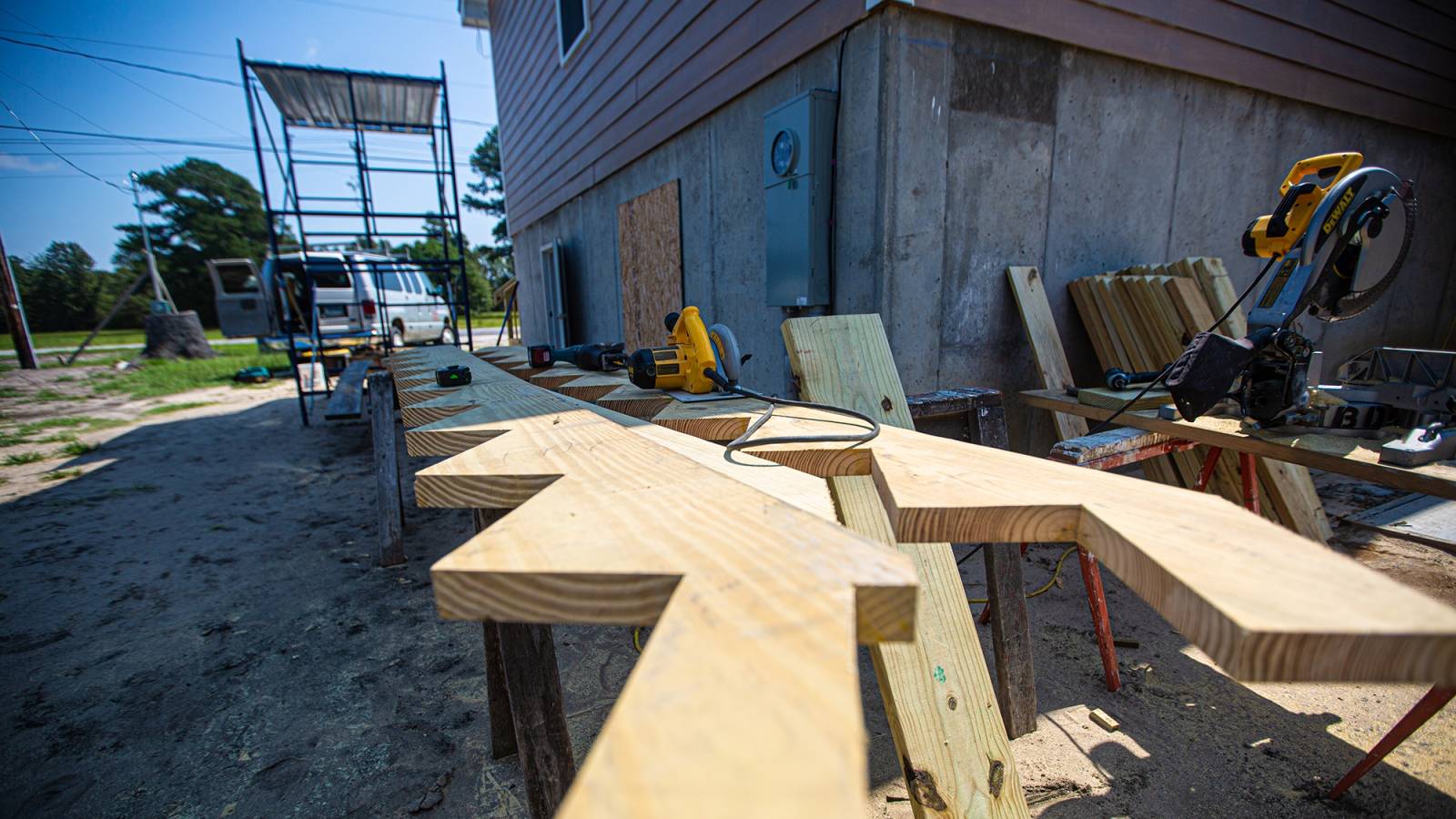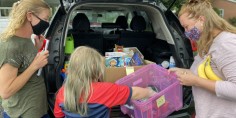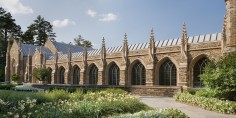Ebony Cogdell remembers “the before.”
Weeds had invaded the yard. The front porch banister was rickety with rotted wood. Plywood covered missing windows, and the roof badly needed repair.
But after months of construction by Hope Restorations, the house became her dream home — a safe, affordable space for her family of four. And while Hope Restorations helped change Ebony’s life for the better, it also helped the workers who did the labor.
One House at a Time
Based in Kinston, North Carolina, Hope Restorations is a transitional employment and training program for adults recovering from addiction or incarceration. The organization acquires deteriorating, often abandoned or condemnable structures, and renovates them to modern, energy-efficient housing, which is then rented or sold to community members in need.
Since becoming a nonprofit in 2015, it has provided homes for 25 families and hope for 115 workers.
Chris Jenkins founded the organization as a ministry of Sharon United Methodist Church in Kinston, where he was pastor. The Duke Endowment supported the launch with a $65,000 grant in 2015. A second, $550,000 grant in 2018 is helping it become a model for other communities.
“People who go through the program can claim a new future that includes the dignity of a good job,” says Robb Webb, director of the Endowment’s Rural Church program area. “Families that move into the homes can experience hope and come to understand that their neighbors care about them. Congregations can develop real relationships with neighbors they may not ever otherwise encounter.”
Chris, who now serves as executive pastor of Hope Restorations, says the goal is rebuilding — one life, one home, one neighborhood at a time.
Working through Despair
The vision for Hope Restorations came to Chris in the grief-filled months following the death of his son in 2013. A Kinston high-schooler, Tate had struggled for nearly two years with addiction.
As Chris and his wife searched for healing, Chris began buying houses in disrepair and fixing them up for local families to rent. He had no experience in construction, and no desire to be a landlord. But transforming an eyesore was good for the neighborhood, and the hard work kept his anguish tamped down.
Within 18 months, he had finished five units — and the idea for Hope Restorations had its foundation.










